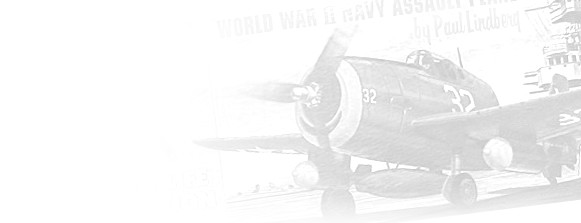1/72 F213 Frog Boeing B-17E Flying Fortress - 'Suzy Q' 93rd BS 19th BG Pacific Early 1942 / 'Yankee Doodle' 97th BG 8th AF 1942
Plastic Model Kit, Box Condition: Fair++
Box is worn as shown, but the kit inside is as new. Decals are included for two historical aircraft - Suzy-Q, a very early Pacific Theatre aircraft from 1942 flown by Captain Felix Hardison USAAC and Yankee Doodle, the ship that General Ira C. Eaker flew in as an observer during the 8th Air Forces first bombing mission against the railway marshaling yards at Sottenville, near Rouen France on August 17, 1942. The kit is well molded with fine raised panel lines and features a full crew, optional position landing gear and a large display stand, elevating tail guns, rotating and elevating top and belly turrets with the blocking panel for Suzy-Q, opening bomb bay doors and bomb load and more. The kit has never been started. It has been inventoried complete with all parts and includes 'excellent' decals and 'very good' instructions. Frog was known for making realistic and detailed models. At that time, most companies were not making kits strictly to scale and embellishing kits with over-sized rivets. Frog strived for scale fidelity and almost never added unnecessary detail. This B-17E is no exception and is a fine kit that would built to a realistic display model. Frog is considered the father of injection molded model kits. The Lines Brothers opened Frog in 1932, capitalizing on the fever caused by Lindberg's solo transatlantic flight. Almost overnight the western populations became 'Air-Minded', and anything aviation was in high demand. Frog created a quality line of stick and tissue rubber powered aircraft and gliders as well as innovative ready-to-fly rubber powered aircraft that required no assembly. The box even contained a built-in rubber motor winder and fuselage holder. Model airplane flight competitions were popular in Great Britain, and one category was 'Rise Off the Ground', or ROG. By changing this to 'Flies Right Off the Ground', the FROG name was born. In 1936 Frog created a line of injection molded plastic models, the first such kit line in the world (Hawk sold a line of injection molded aircraft models in 1934 but they were factory assembled and painted). Named 'Penguin' after the bird that does not fly, the kits were innovative beyond the means of production. At a time when models were simply built by wingspan, the Penguin line was a constant 1/72 scale. Furthermore, a large 1/72 Short S.30 Empire class flying boat contained a full interior and lights! A line of accessories such as AA guns, tractors, hanger, ambulance, sound locator, searchlights and lighting kits were quickly added to the line. WWII caused a pause in production. After the war the box color changed from silver to green, and Penguin kits were also marketed in the USA. Production ended in 1950. Frog quickly expanded and released the Red, Blue, Orange, Black, Green, Gold Token, Spin and Comet series as well as Trail Blazers and several others. It is noteworthy that while most manufacturers in the 1940s/50 were making toy-like models, Frog attempted to make very realistic models. For example, 'detailing' kits with excessively large rivets was once very popular. Frog ignored this trend and continued to mold aircraft with fine panel lines and no rivets. As a result, Frog kits can be built into very realistic replicas. Production ended in the late 1970s, but Frog molds are still in use around the world.
This item has been sold.
Click here to return to the main page.
